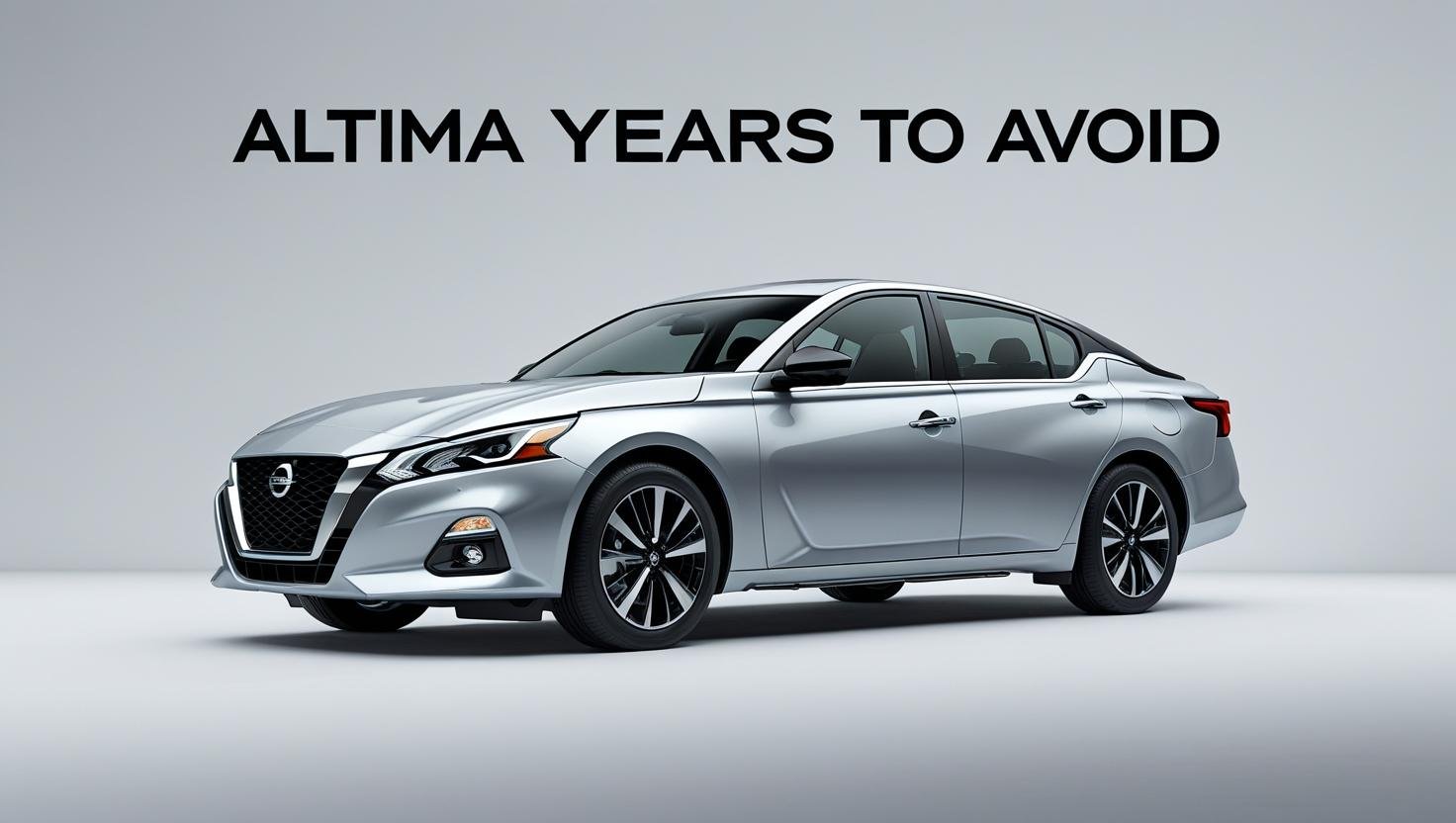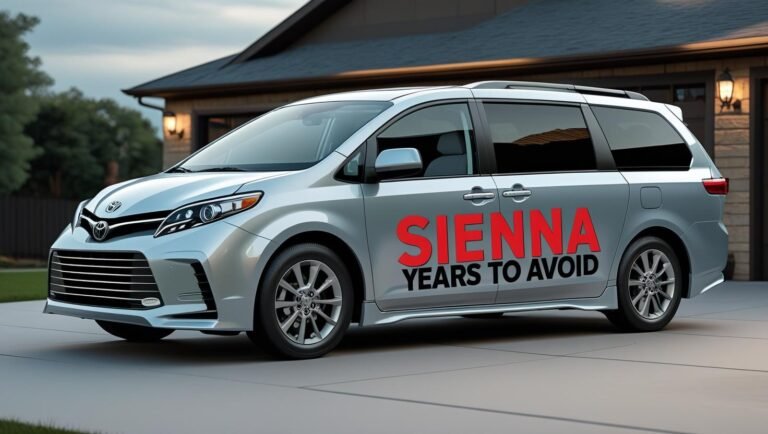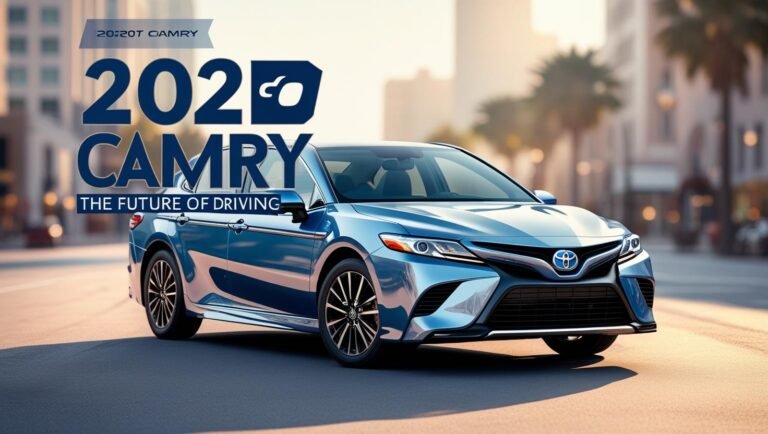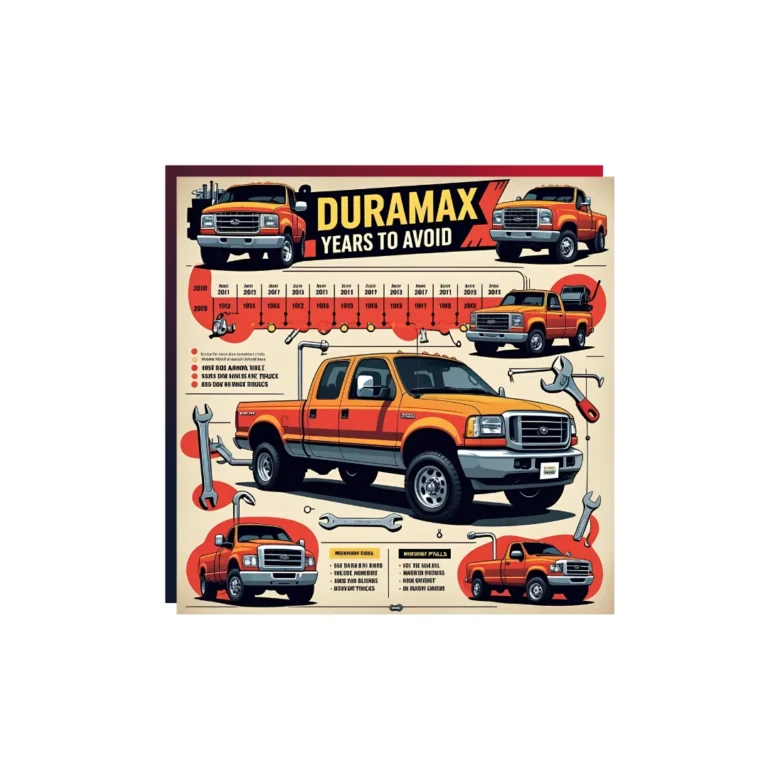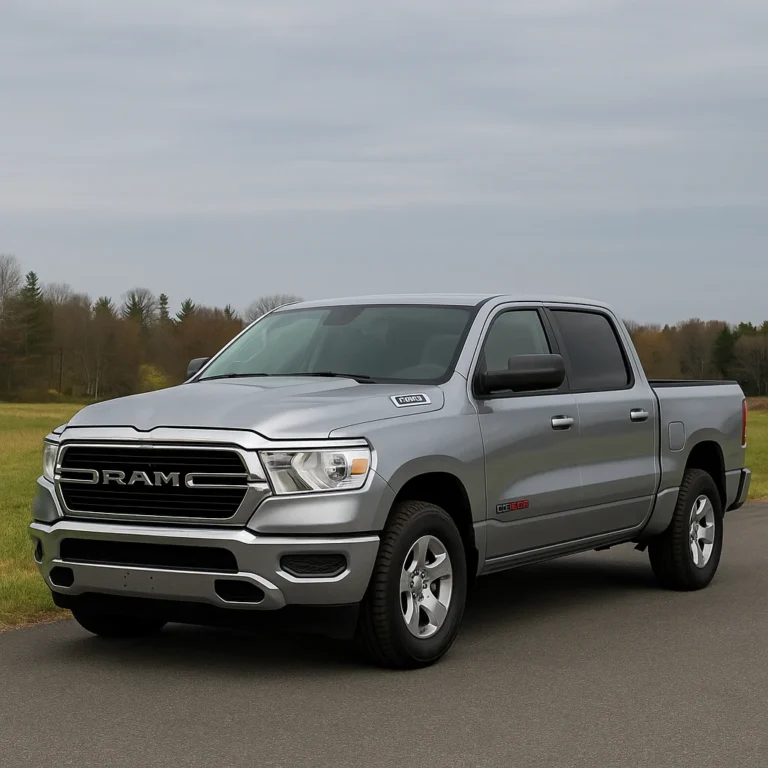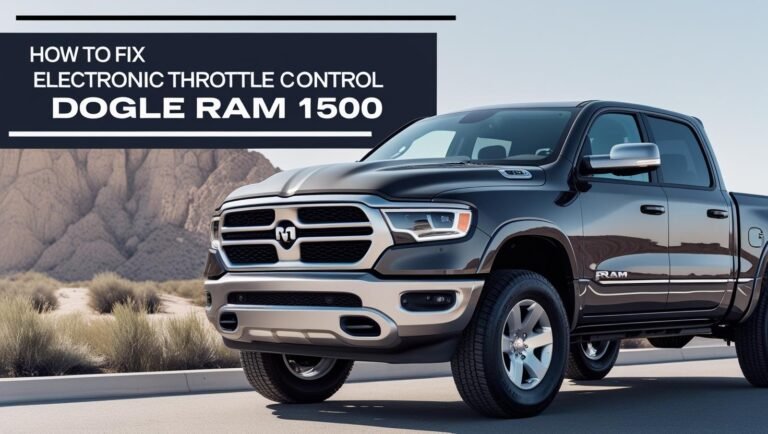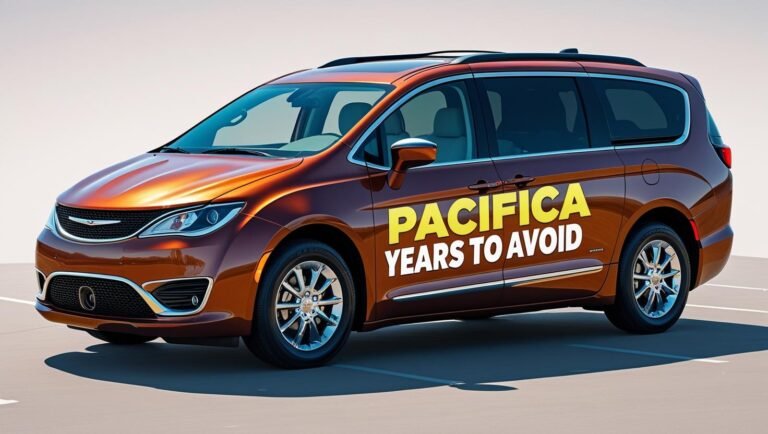Nissan Altima Years to Avoid: Full Guide with Common Issues
Nissan Altima Years to Avoid: Full Guide with Common Issues, The Nissan Altima has been a popular midsize sedan for decades, but like any vehicle line, not every model year has lived up to expectations. In this guide, we’ll break down the specific Nissan Altima years to avoid based on consumer complaints, mechanical issues, and expert reviews. Whether you’re looking for a used car or just doing research, knowing which years to skip can save you thousands in repairs.
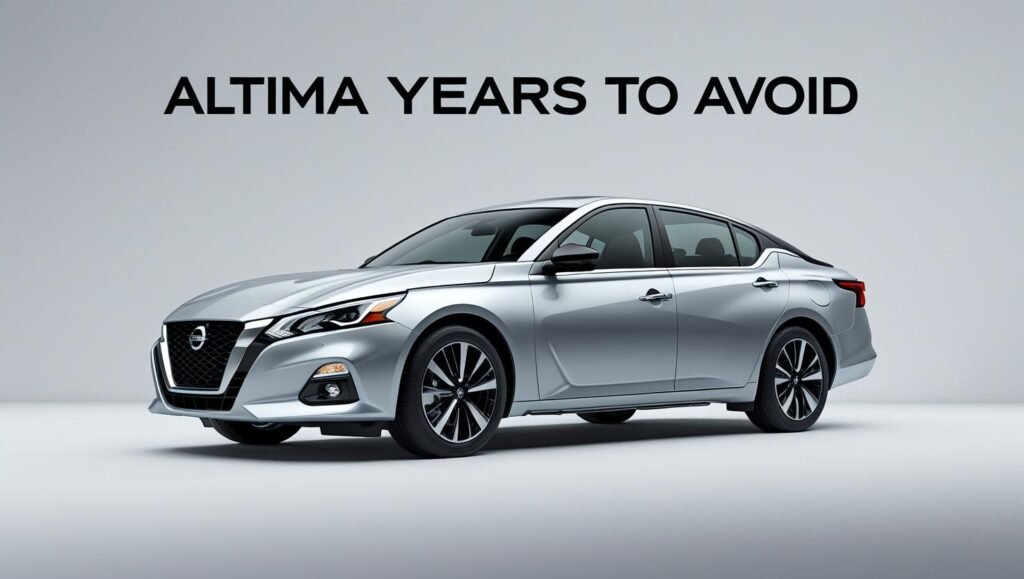
Brief History of the Nissan Altima
The Nissan Altima was first introduced in 1993 as a replacement for the Nissan Stanza. It quickly grew into one of the most popular sedans in the U.S. Known for its smooth ride, efficient engines, and spacious interiors, the Altima evolved through several generations:
- First Generation (1993–1997)
- Second Generation (1998–2001)
- Third Generation (2002–2006)
- Fourth Generation (2007–2012)
- Fifth Generation (2013–2018)
- Sixth Generation (2019–Present)
While many of these years have been praised, others have become notorious for reliability issues.
Nissan Altima Years to Avoid
Based on reliability ratings, NHTSA complaints, and owner reviews, here are the Nissan Altima years you should avoid:
2002 Nissan Altima
- Main Issues: Engine failure, excessive oil consumption, catalytic converter failure
- Details: This was the first year of the third generation and came with significant engine-related complaints. Many owners reported complete engine failure due to oil consumption and overheating.
2005 Nissan Altima
- Main Issues: Rusting floorboards, engine stalling, sensor malfunctions
- Details: One of the most reported problems for this model year was premature rusting, especially on the floorboards. Some even reported holes forming in the floor. The engine also suffered from stalling
2009 Nissan Altima
- Main Issues: Steering lock failure, battery drain
- Details: Many users experienced electronic steering column lock (ESCL) failure, which could prevent the car from starting. The repair costs were high, with some paying over $1,000.
2013 Nissan Altima
- Main Issues: CVT transmission failure, jerking, shuddering at low speeds
- Details: This was the first year of the fifth generation and introduced major CVT transmission issues. Many owners had to replace the transmission before reaching 100,000 miles.
2014 Nissan Altima
- Main Issues: Transmission failure, interior quality issues
- Details: Complaints continued from 2013, especially related to the CVT. Also, many owners reported cheap interior materials and poor assembly.
2016 Nissan Altima
- Main Issues: Acceleration problems, CVT lag
- Details: The CVT still had issues, and acceleration was sluggish. Some reported the engine revving but the car not accelerating properly.
2019 Nissan Altima
- Main Issues: Windshield cracking, software glitches
- Details: While newer and safer, this model had unusual problems like spontaneous windshield cracking and touchscreen glitches.
Why Avoid These Nissan Altima Years?
These models are often associated with high repair costs and frequent issues, especially with the transmission and engine. In some cases, repairs can exceed the value of the vehicle. Consumer Reports and other expert sites consistently rate these years lower in terms of reliability and satisfaction.
(FAQ) Nissan Altima Years to Avoid
- Q1: What is the biggest issue with older Nissan Altimas?
- The CVT transmission is the most common problem in 2013–2016 models. Owners often report jerking, hesitation, and complete failure.
- Q2: Are repairs for Nissan Altima expensive?
- Yes, especially transmission repairs. Replacing a CVT can cost between $3,000 and $5,000.
- Q3: Is the Nissan Altima a good used car?
- Yes—if you choose the right model year. Avoid the problematic years listed above and always get a pre-purchase inspection.
- Q4: Do all CVT Altimas have problems?
- Not all, but the early CVT models (especially 2013–2016) are more prone to issues. Later models improved the technology significantly.
Better Alternatives Nissan Altima Years to Avoid
- 2011 – Considered one of the most reliable pre-2013 models
- 2018 – The final year before the redesign, with fewer transmission complaints
- 2020 and newer – Improved technology, safety features, and more reliable CVTs
Conclusion Nissan Altima Years to Avoid
While the Nissan Altima is a solid choice overall, some years have proven to be costly mistakes for buyers. Always research before purchasing a used vehicle and aim for model years with higher reliability scores and fewer complaints.
